技术分享|如何确保 API 的稳定性与正确性?你只需要这一招
现在,越来越多的 Web 应用转向了 RESTful 的架构,很多产品和应用暴露给用户的往往就是一组 REST API,这样有一个好处,用户可以根据需要,调用不同的 API,整合出自己的应用出来。从这个角度来讲,Web 开发的成本会越来越低,人们不必再维护自己的信息孤岛,而是使用 REST API 这种组合模式。
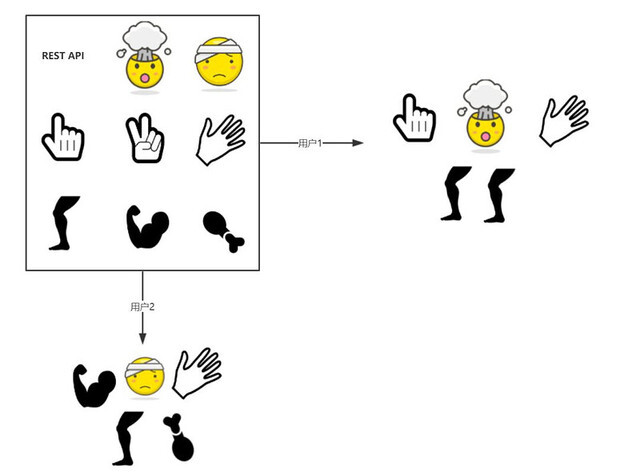
那么,作为 REST API 的提供者,如何确保 API 的稳定性与正确性呢?全面系统的测试是必不可少的。Java 程序员常常借助于 JUnit 来测试自己的 REST API,不,应该这样说,Java 程序员常常借助于 JUnit 来测试 REST API 的实现!从某种角度来说,这是一种“白盒测试”,Java 程序员清楚地知道正在测试的是哪个类、哪个方法,而不是从用户的角度出发,测试的是哪个 REST API。
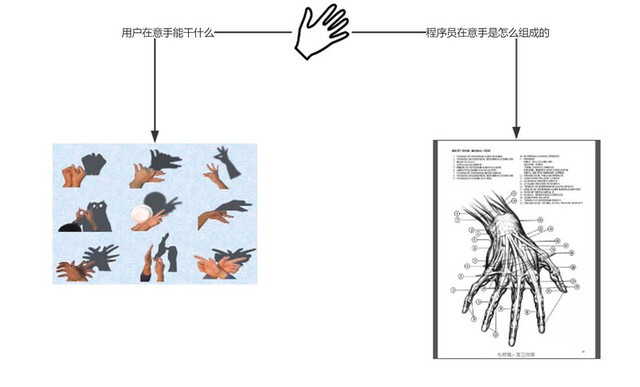
Rest-Assured 是一套由 Java 实现的 REST API 测试框架,它是一个轻量级的 REST API 客户端,可以直接编写代码向服务器端发起 HTTP 请求,并验证返回结果;它的语法非常简洁,是一种专为测试 REST API 而设计的 DSL。使用 Rest-Assured 测试 REST API,就和真正的用户使用 REST API 一样,只不过 Rest-Assured 让这一切变得自动化了。
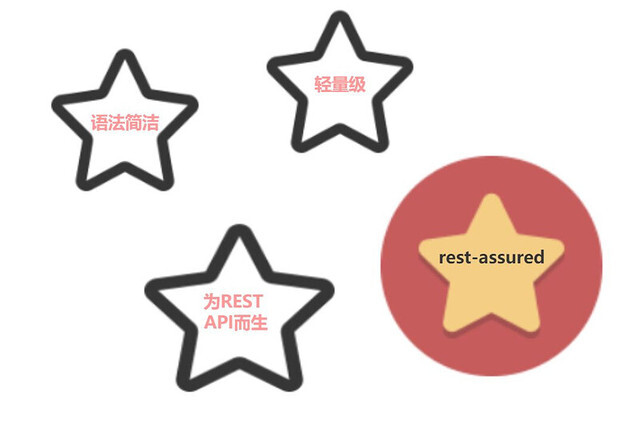
模拟 get 请求
雪球网是一个股票投资网站,你可以使用网站的搜索功能来查询股票信息,比如我们想查询 sougou 的信息,下 面利用了 charles 分析工具来查看请求和回答:
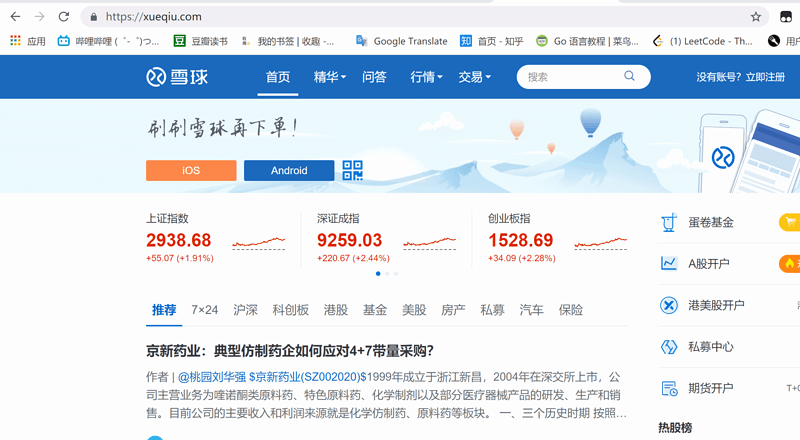
这是一个 Get 请求,返回的内容格式如下:
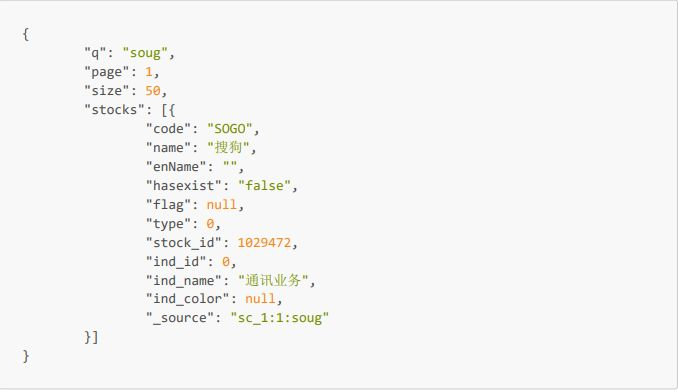
现在,我们使用 Rest-Assured 来编写一个简单的测试程序调用相同的 Get 请求:
第一步,我们要判断这是什么格式数据:json
第二步,确定请求地址:从 charles 的结果中获取 y 为 https://xueqiu.com/stock/search.json

第三步,填写表单:从 chrome 浏览器检查结果中查询 request 的 query 信息是 code:sougou

我们的代码也很简单:
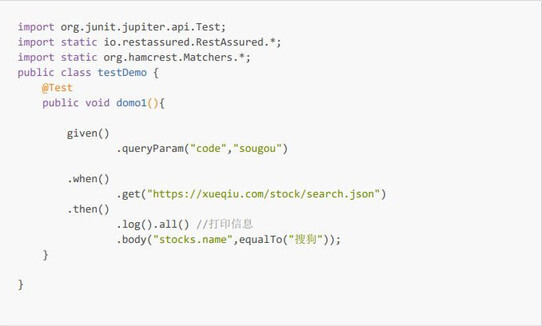
返回的结果却很残酷:

与登陆账号,刷新页面有关的话,我首先想到了 cookie,网站都用 cookie 来保存账号相关信息,于是加入 cookie:
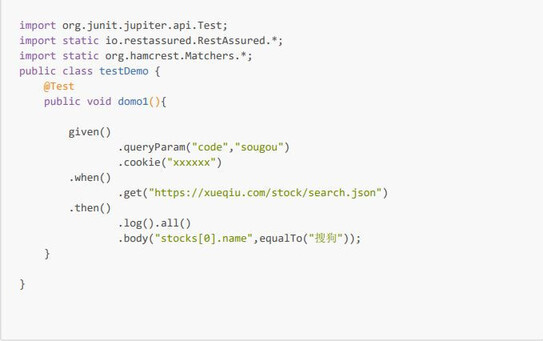
返回结果正确,你问我惊不惊喜,老实回答,不惊喜。因为我搞不明白为什么一个查询需要 Cookie 验证,如果不加 Cookie,返回的信息却是没有登陆!
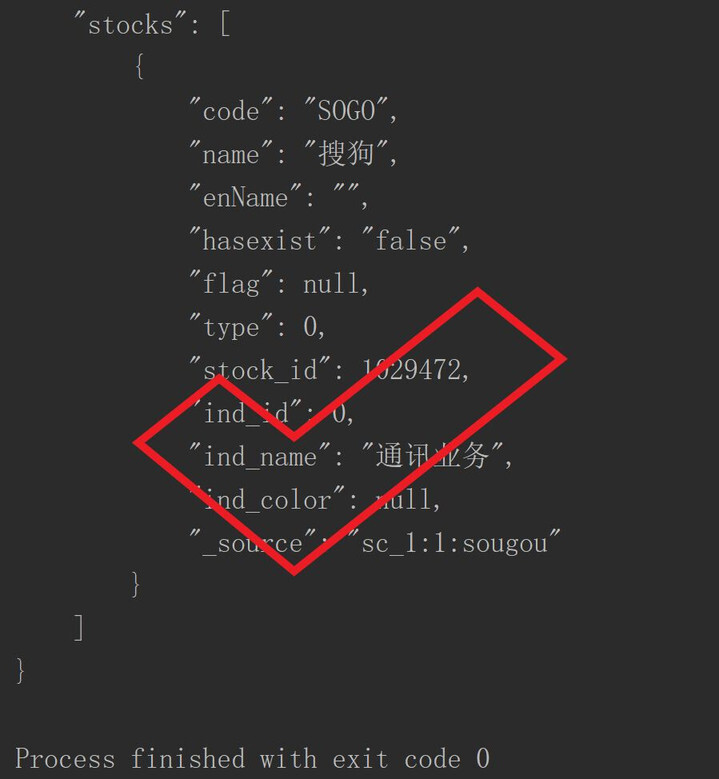
显然,我的 Cookie 并不包含登陆信息,因为我压根就没有登陆,当然这是网站的设计,与 Rest-assured 无关。
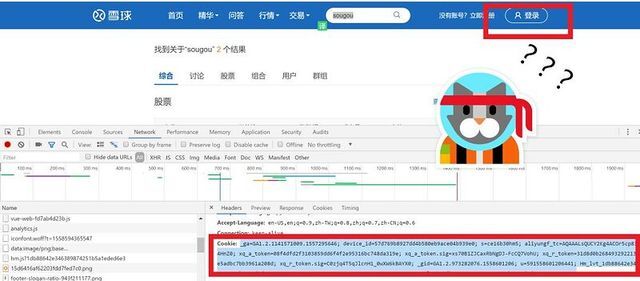
更进一步
怎么区别 xml 与 json

答:你看就知道了嘛,xml 长这个样子
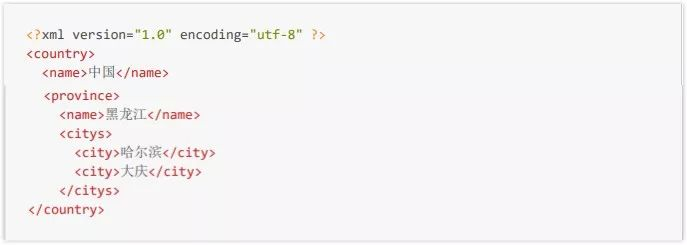
json 长这个样子

given,when,then 分别是什么

答:given 用于放置需要的参数,比如上面例子中,我将访问参数:code 和 cookie 放到了 given 里;when 用于填 写要访问的 url;then 进行断言,来来判断结果是否正确。
模拟 post 请求
有的时候,我们想提交表单,这种情况下使用 get 会非常被动,于是 post 登场了。

下面是代码。

我相信此时你的内心是这样的。

别着急,下面我会讲清楚…
在我大万维网世界中,TCP 就像汽车,我们用 TCP 来运输数据,它很可靠,从来不会发生丢件少件的现象。但是 如果路上跑的全是看起来一模一样的汽车,那这个世界看起来是一团混乱,非常紧急的警车可能被前面的汽车拦堵在路上,整个交通系统一定会瘫痪。

为了避免这种情况发生,交通规则 HTTP 诞生了。HTTP 给汽车运输设定了好几个服务类别,有 GET, POST, PUT, DELETE 等等,HTTP 规定,当执行 GET 请求的时候,要给汽车贴上 GET 的标签(设置 method 为 GET),而且要求把传送的数据放在车顶上(url 中)以方便记录。如果是 POST 请求,就要在车上贴上 POST 的标签,并把货物放在车厢里。当然,你也可以在 GET 的时候往车厢内偷偷藏点货物,但是这是很不光彩;也可以在 POST 的时候在车顶上也放一些数据,让人觉得傻乎乎的。HTTP 只是个行为准则,而 TCP 才是 GET 和 POST 怎么实现的基本。

使用断言
使用 EqualTo
在前面,我们使用了 EqualTo 判断值是否是“搜狗”:

它的作用显而易见:判断值是否相同。比如下面的例子
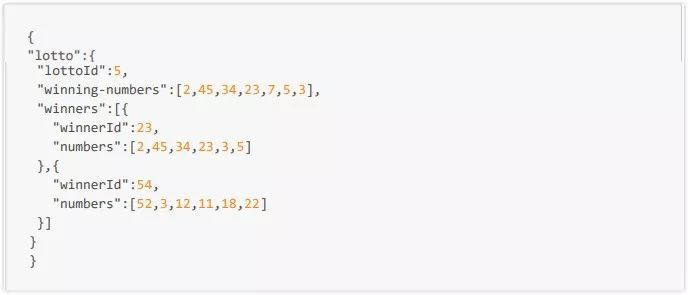
如果你想验证 LottoId 是否等于 5,你可以这样做:

使用 HasItems
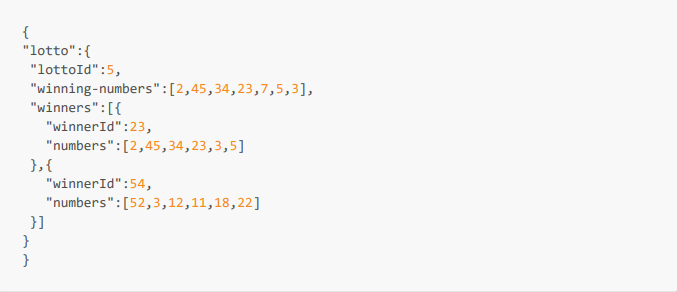
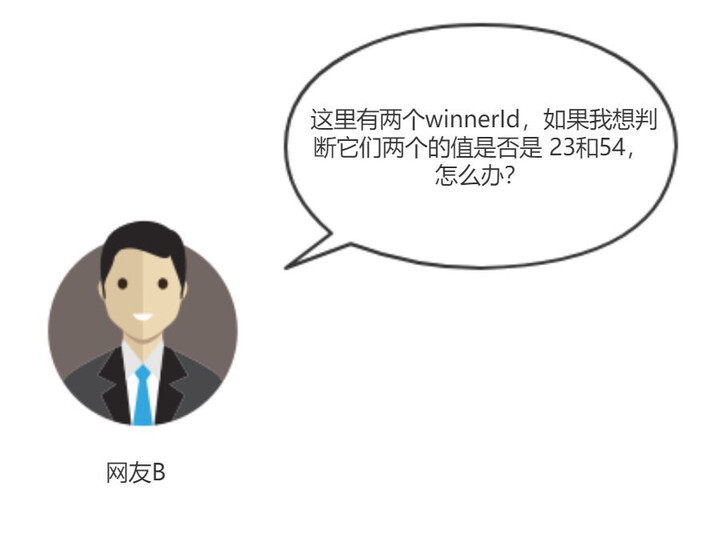
你可以用再次 EqualTo(),对 WinnerId[0]用一次,对 WinnerId[1]用一次。

哈哈,当然不是。你可以使用 HasItems,它是这么使用的:

从根开始定位


额…请教王师傅。
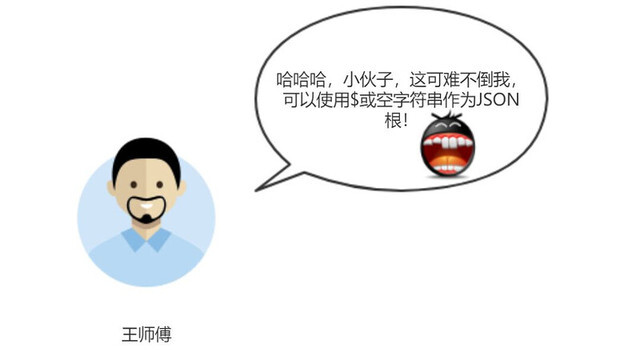
比如下面的代码,我们可以这么验证:

使用 find
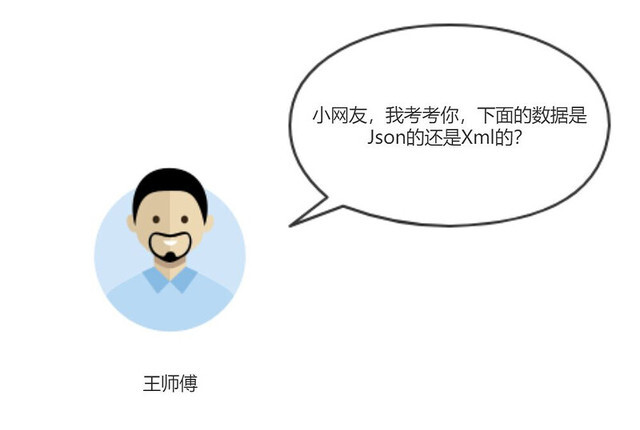
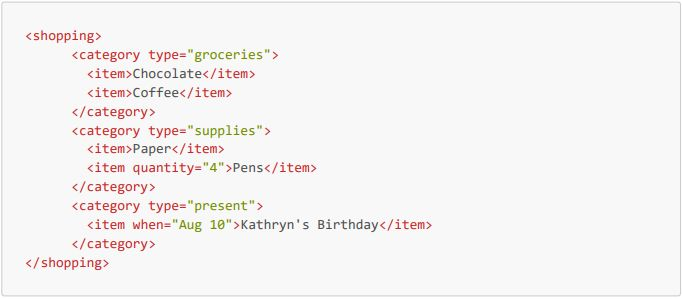
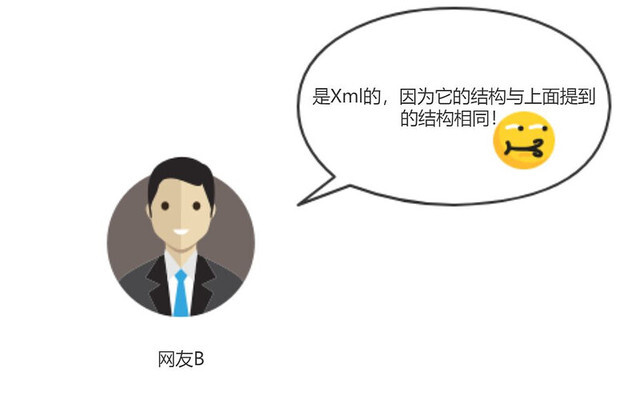
答对了,请一定要记住 xml 和 json 的区别,不要混谈,那么你能编写一个测试来验证杂货(groceries)的类别是 否包含巧克力(Chocolate)和咖啡(Coffe)吗?


这确实达到了我的要求,但代码明显有很多 bug,如果我更改了 category 的位置,像下面这样,你的代码就不 适用了,我不难为你了,请王师傅来解答吧:
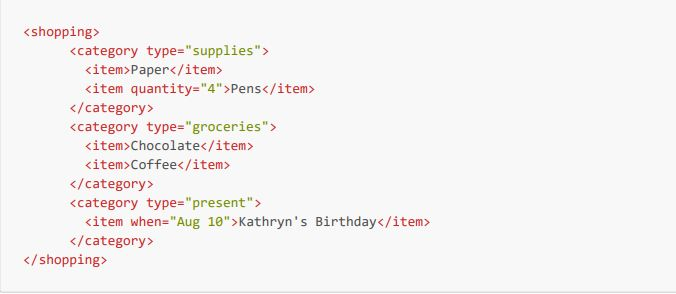
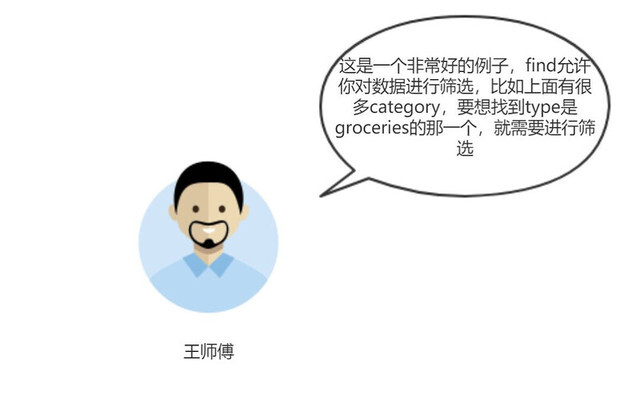

find 的用法展示的很清楚,不需要我多讲,当然还有一点要注意,你可以这么使用 find:

**是个特殊用法,它从 xml 文档根部开始,进行深度搜索,直到找到符合我们需要的项。
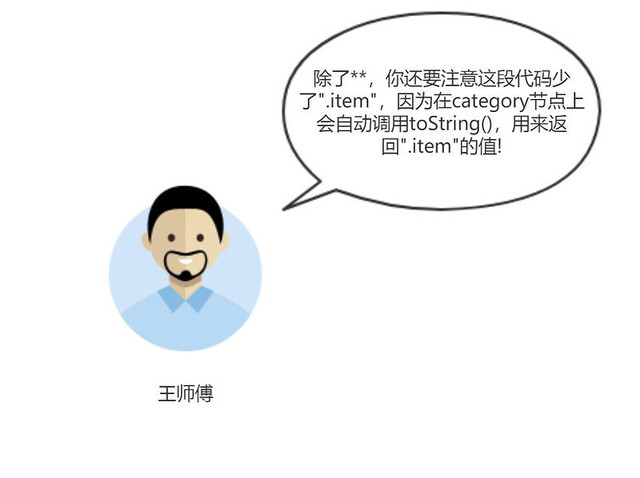
使用 findAll
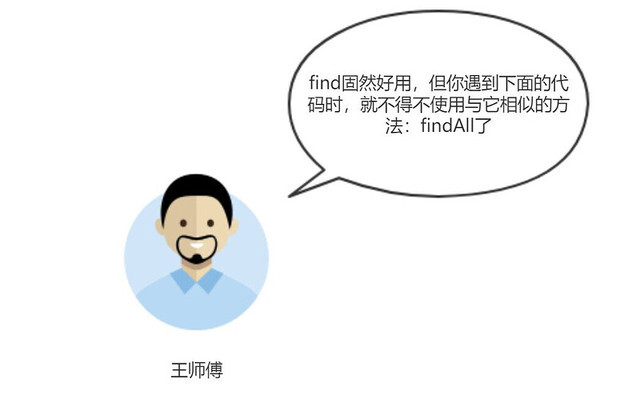
现在我手头只有 20 块钱,我只能买两本书,我更喜欢世纪的谚语和白鲸记,现在的任务是:挑选出格低于 10 的书籍,并且标题是“世纪的谚语(Sayings of the Century)”和“白鲸记(Moby Dick)”
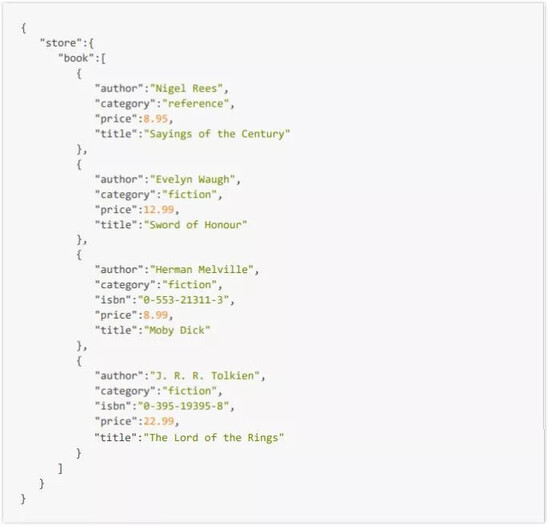

对的,这时候应该使用 findAll,可以粗鲁的认为多个 find 的叠加。findAll 可以筛选出一批符合要求的数据,而 find 只能筛选出一个符合要求的数据,这就像是我们只能挑出一个人领取一等奖,但有很多人可以拿参与奖, 两个方法都有自己的用武之地。
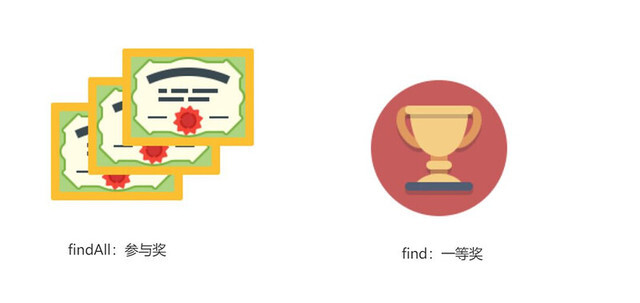
下面的代码展示了 findAll 的用法:

提取想要的值
有时候,我们并不想验证是否正确,我们只想取出这个值以进行下一步处理,比如我想取出 next 的链接:/title?page=2,这种情况怎么办呢?

下面的代码判断内容是不是 JSON,并且标题是 My Title 的话,就返回 href 链接/title?page=2,这个值被存放在 nextTitleLink 中,以供我们以后使用。
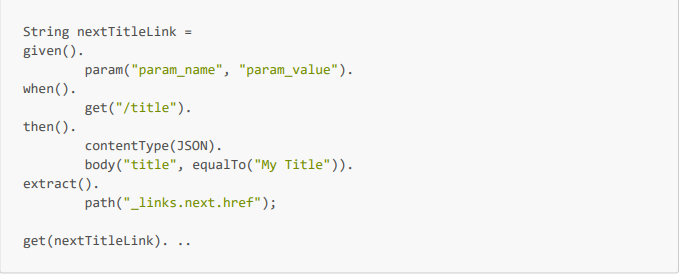

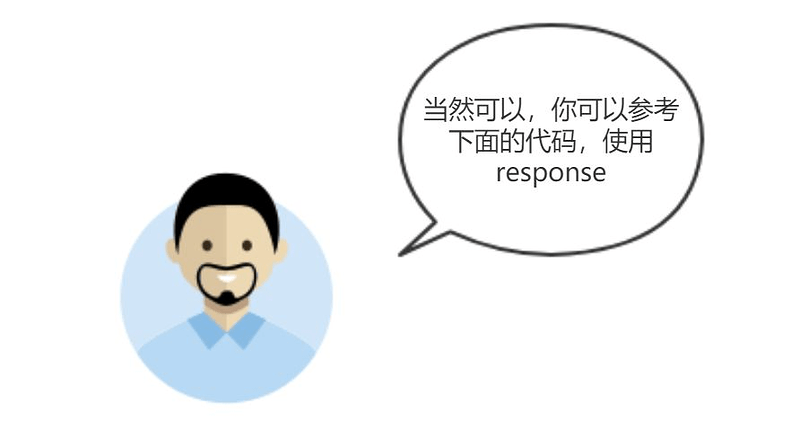
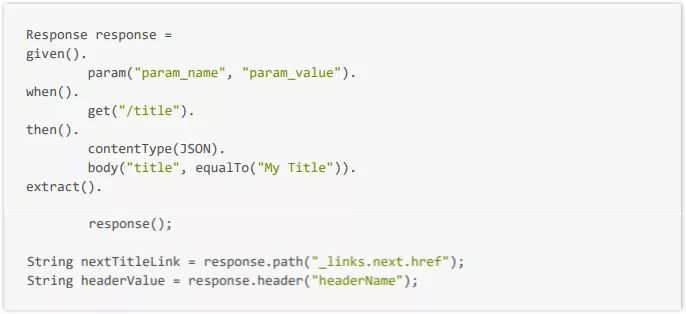
当然,有两点需要注意:
返回类型是 Response,我们可以用 Response.xxx 来二次提取想要的值。
extract().后面是 response()方法,不要写错了。
更改默认值
rest-assured 有很多默认值,也正因为如此,需要我们的填的参数可以很少,也可以很多,就像画画一样,可以很精致,也可以很简洁。

修改端口
rest-assured 发起请求时,默认使用的 host 为 localhost,端口为 8080,如果你想使用不同的端口,你可以这样做:

或者是这样

或者

修改 baseURI 和 basePath
你也可能改变默认的 baseURI、basePath

这就意味着,类似 get("/hello") 这样的一个请求,其实完整的请求为:http://myhost.com:80/resource/hello , 并且使用基础授权认证"username" and “password”。
其他
其他的默认值可以参考下面:
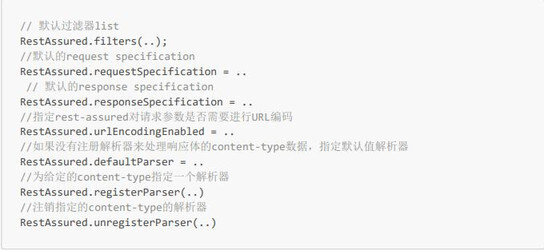
重置
你也可以重置为标准的 baseURL(localhost)、basePath(空)、标准端口 port(8080)、标准根路径 root path(" "),默 认的认证 scheme(none)以及 URL 编码(true),通过下面的方法重置:

specification
在不同的测试用例当中,我们可能会有重复的响应断言或者是请求参数,那么我们可以将重复的这一部分提取出来定义一个规范或者模板,这样的话在后续的测试用例当中就可以使用这个规范模板了。

为了达到这个效果,我们可以使用 RequestSpecBuilder 或 ResponseSpecBuilder 来实现,它们之间的区别 是,前者用在请求中,后者则用在 body 中。
ResponseSpecification 重用
例如,你想在多个测试用例中,都使用这样的断言:判断响应状态码是否为 200,并且 Json 数组"x.y"的大小是否 等于 2。你可以定义一个 ResponseSpecBuilder 来实现这个功能:
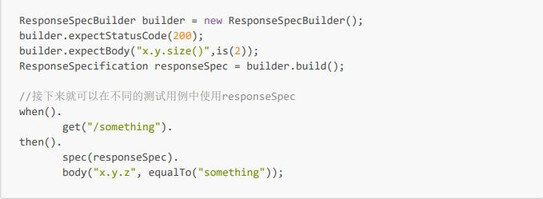
在这个例子中,需要重用的两个断言数据被定义在"responseSpec",并且与另外一个 body 断言合并,组成了这个测试用例中全部的断言,那么这个测试用例需要全部断言都通过用例结果才会通过,一旦其中一个断言失败,则测试用例的测试结果为失败。
RequestSpecification 重用
同样,假如你想在多个测试用例中重用请求数据,可以通过下面的代码来实现:
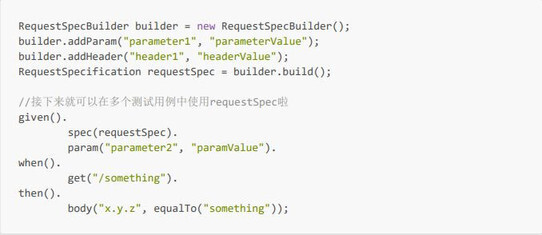
这里的请求数据被合并在"requestSpec"中,所以这个请求包含了两个参数(“parameter1"和"parameter2”)以及一 个头部(“header1”)。
更多学习资料戳下方!!!










评论